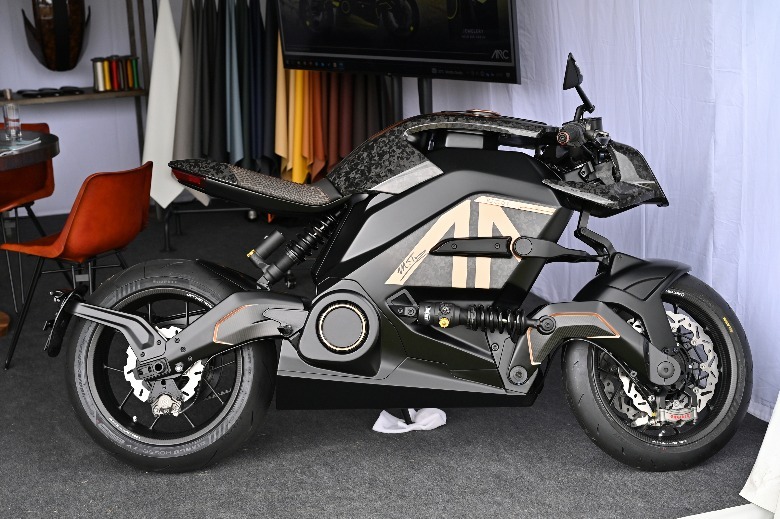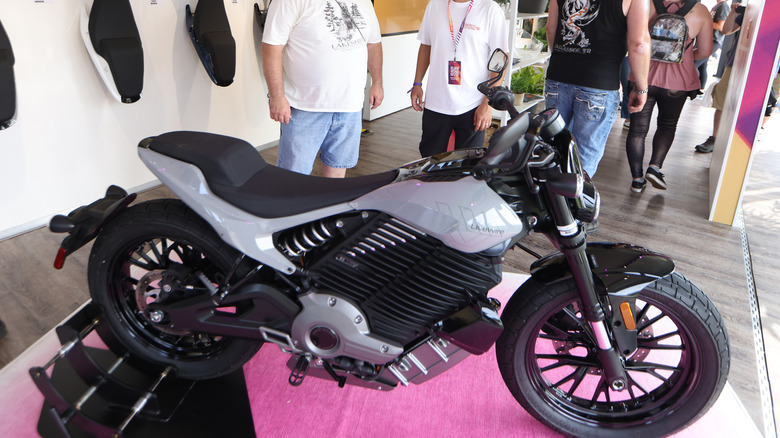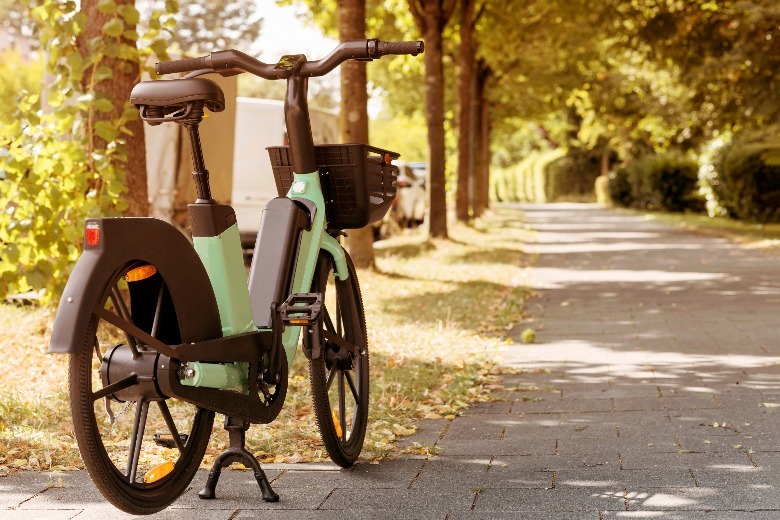How Is An Electric Bike Different From An Electric Motorcycle?
Few are privy that our ancestors dabbled with electric cars long before Carl Benz patented his three-wheeled, gas-powered car in 1886. It's the same story with electric bicycles or e-bikes, with the first appearing in the late 19th century. Meanwhile, the first known patent for an electric motorcycle was filed in 1869 by Frenchman Joseph Marie for his "Vélocipède magnéto-électrique."
The concept of electrifying a conventional pedal-powered bicycle existed long before Elon Musk and Tesla reignited electric cars with the Tesla Roadster and Model S. It wasn't long until electrified bikes and motorcycles entered the fray. The market is now brimming with choices from startups and legacy brands like Aventon, Rad Power, Zero, Arc, and Harley-Davidson.
While motorcycle riders commonly refer to their rides as "bikes," electric bikes aren't electric motorcycles, and vice-versa. Despite the two sharing most of the same fundamental design and architecture (two wheels, single or double seats, handlebars, foot pedals, etc.), there's a world of variation between an e-bike and an e-motorcycle.
Electric bikes vs. electric motorcycles
An electric bicycle is typically a conventional bike with a built-in electric motor and battery for pedal-free riding. Electric bicycles could still function like a standard non-electrified bike, but the battery and motor could assist the rider with zero-emissions, pedal-free riding.
Conversely, an electric motorcycle is more substantial and has a larger frame than an e-bicycle. It's closer to an ordinary gas-powered motorcycle, just without an engine and gearbox. Instead, it has a battery and electric motor like an e-bicycle, but it has larger components that deliver more power and speed.
Electric bicycles typically have a maximum speed of about 30 mph, while e-motorcycles can scoot to triple-digit speeds like their gasoline counterparts. The Zero SR/F and SR/S have a 124 mph top speed, while others like the Energica Ego+ RS and Damon HyperSport Premier could reach 150 and 200 mph, respectively. Electric motorcycles also have bigger batteries that deliver more all-electric range than an e-bicycle.
Moreover, e-bikes are lighter than electric motorcycles, theoretically have lower-maintenance, and are easier to repair. Electric bikes are mainly for casual riders, hobbyists, exercise buffs, and shorter commutes. On the other hand, an electric motorcycle is suitable for high-speed riding over longer distances.
Finally, e-bikes are more affordable and cost anywhere from $1,500 to $2,500, while e-motorcycles start at about $7,000-$30,000, with some high-performance models reaching upwards of $100,000. Furthermore, unlike electric motorcycles, most countries classify e-bikes as ordinary bicycles and require no license to operate.



